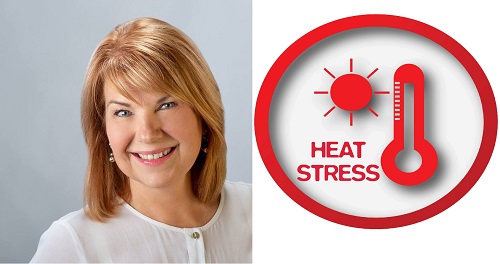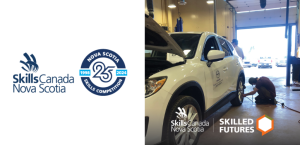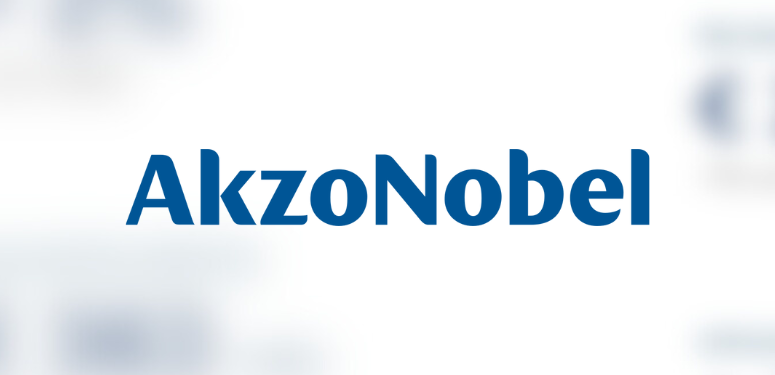By Theresa Jachnycky
Toronto, Ontario — July 23, 2019 – The summer of 2018 takes the podium for the fourth highest global heat-humid wave experienced across the northern hemisphere in 140 years of record-keeping. According to NASA and the National Oceanic and Atmospheric Administration (NOAA), the earth’s average surface temperature in 2018 rose by more than 1 degree Celsius (1.8 degrees Fahrenheit) above the average temperature of the late 19th century. This warming trend is expected to continue and poses a challenge for people working in our industry.
Even in well ventilated and air-conditioned areas, heat stress is still a workplace hazard within the automotive aftermarket industry due to radiant temperature from heat transfers between the body and hot objects, dehydration, medical conditions, exertion, type of work performed and protective clothing. Heat can cause severe health effects and even death especially if the person is not used to the heat, has a medical condition or other risk factors are present.
Some risk factors include: clothing, as it varies by individual’s choices in clothing or by work requirements (e.g., chemical protective clothing or rain gear), age because after 45 years there is a decrease in the efficiency of sweat glands, heart, and lungs, gender as men tend to have a higher sweat rate and larger oxygen intake, and finally fatigue.
Preventing heat stress is a joint responsibility. Employers need to understand their obligations under the law and employees must be aware of personal risk factors affecting their tolerance to heat and being forthcoming about accommodation if needed.
Workers should:
– Learn to recognize the symptoms of heat stress. Pace the work, taking adequate rest periods (in the shade or cooler environment).
– Use adequate fans for ventilation and cooling, especially when wearing personal protective equipment (PPE).
– Wear light-colored, loose clothing (unless working around equipment with moving parts). Wear cotton garments underneath PPE.
– Keep shaded from direct heat where possible (e.g., wear a hat in direct sunshine).
– Even if not thirsty drink plenty of water every 20 to 30 minutes
– Avoid eating large meals before working in hot environments
– Avoid alcohol or beverages with caffeine
– Check with your doctor about medications, chronic conditions to adjust for risk
Supervisors should:
– Develop and Communicate a heat stress plan for all workers
– Train workers to recognize signs and symptoms of heat stress and know how to avoid them
– Provide water ensuring everyone drinks one cup about every 20 to 30 minutes
– Allow time for employees to adjust to the heat and hot jobs when possible. Typically, two to three weeks are necessary for an employee to become acclimated to a hot environment.
– Measure for Heat Stress Risk using Humidex or WBGT
– Encourage workers to use a buddy system to look out for signs and symptoms of heat stress in one another
– Adjust the work schedule, if possible. Begin work shift earlier and/or assign heavier work on cooler days or during the cooler part of the day. For Refinish Technicians, rotate jobs so the technician does not have to work for long periods in the spray booth under hot conditions.
– For Refinishing Technicians, limit the time that spray painters must wear personal protective equipment (PPE) such as helmets and protective suits.
– Reduce the workload. Increase the use of equipment on hot days to reduce physical labor.
– Establish a schedule for work and rest periods during hot days.
– Choose appropriate employees: Avoid placing “high risk” employees in hot work environments for an extended time





































